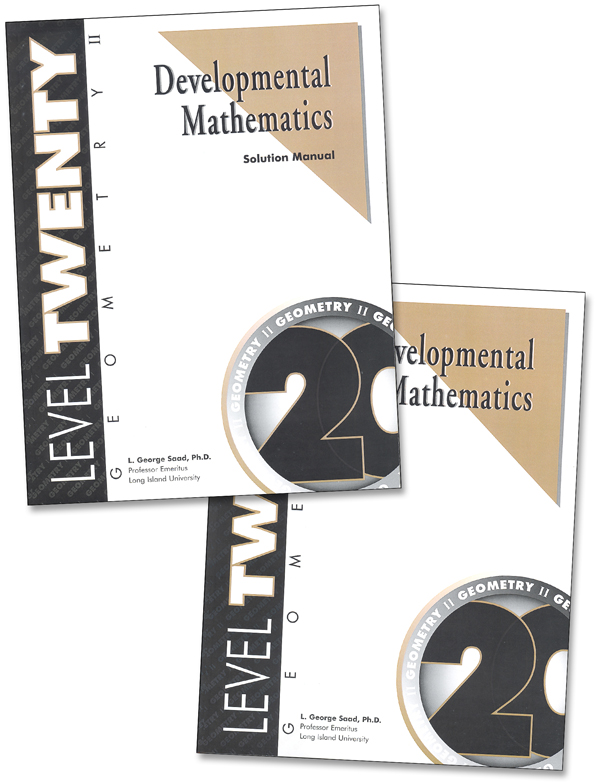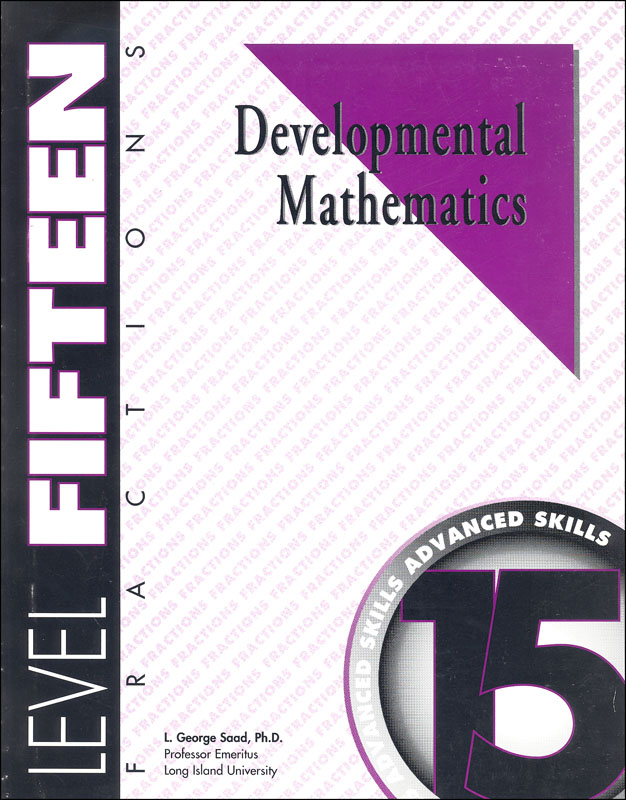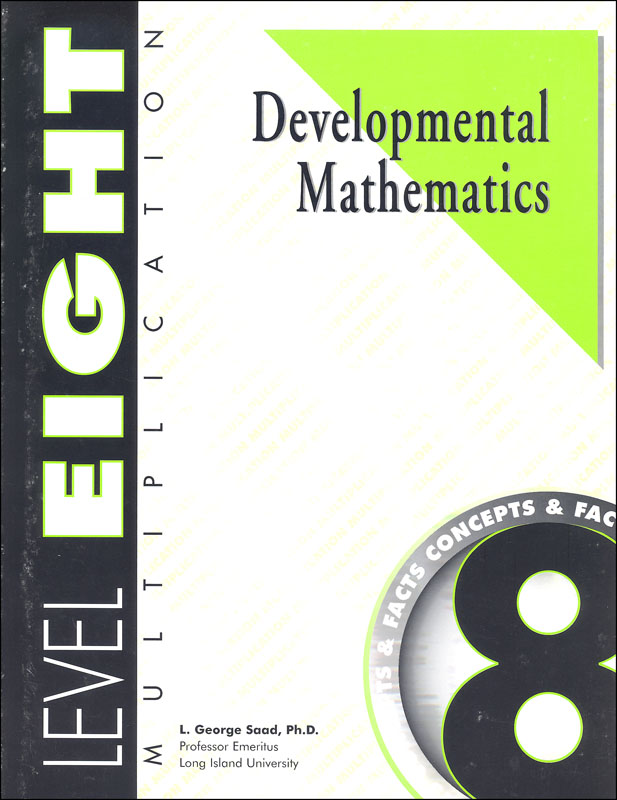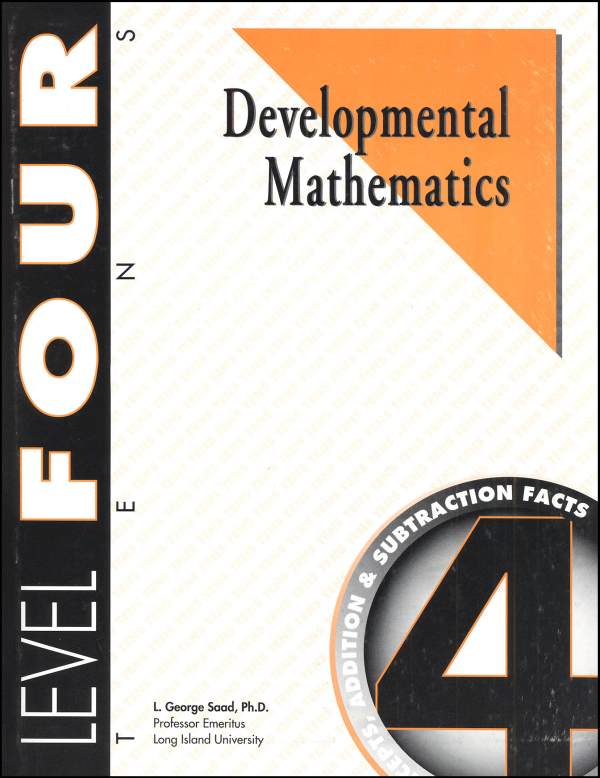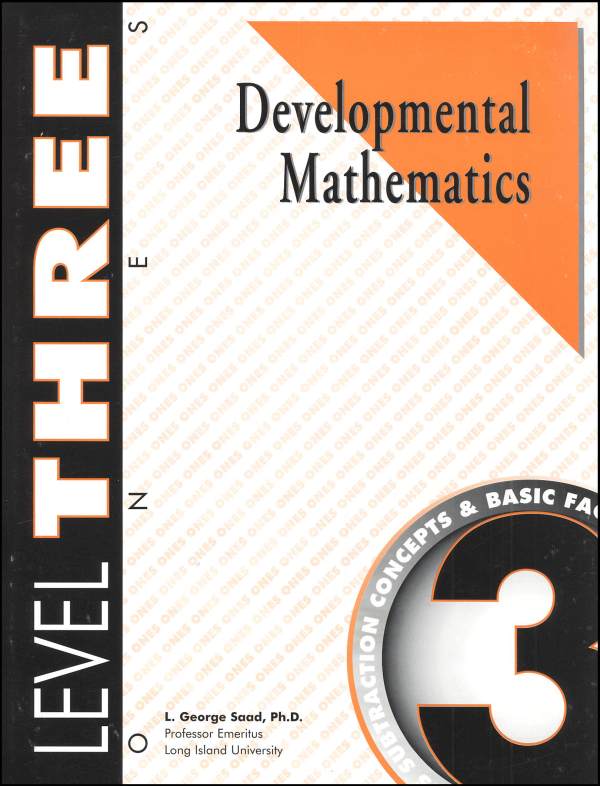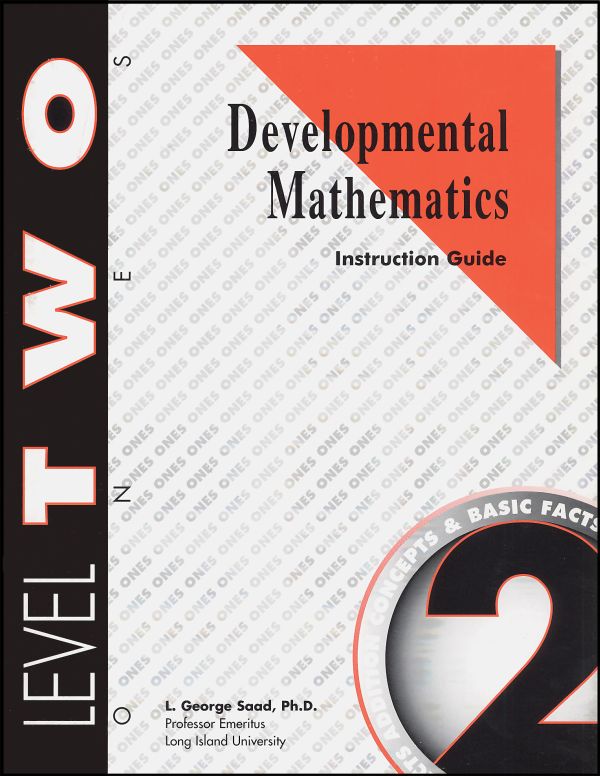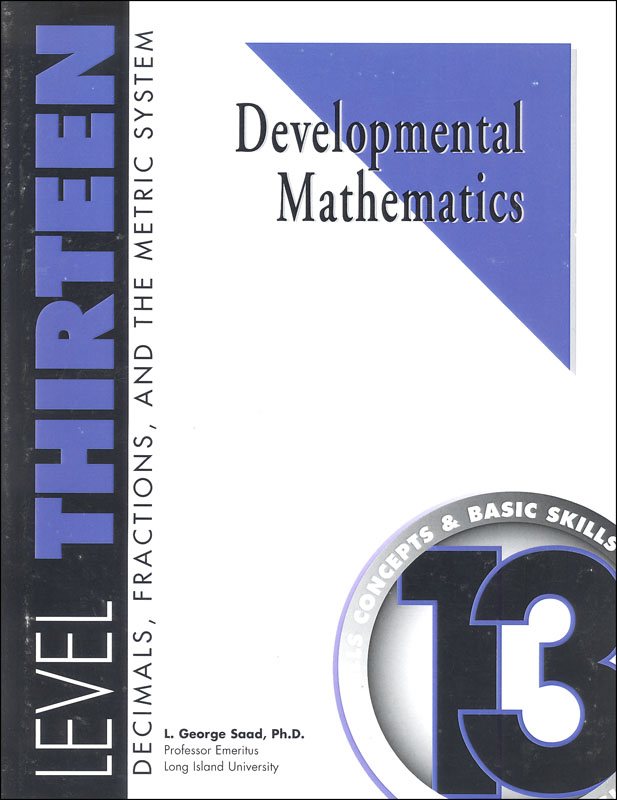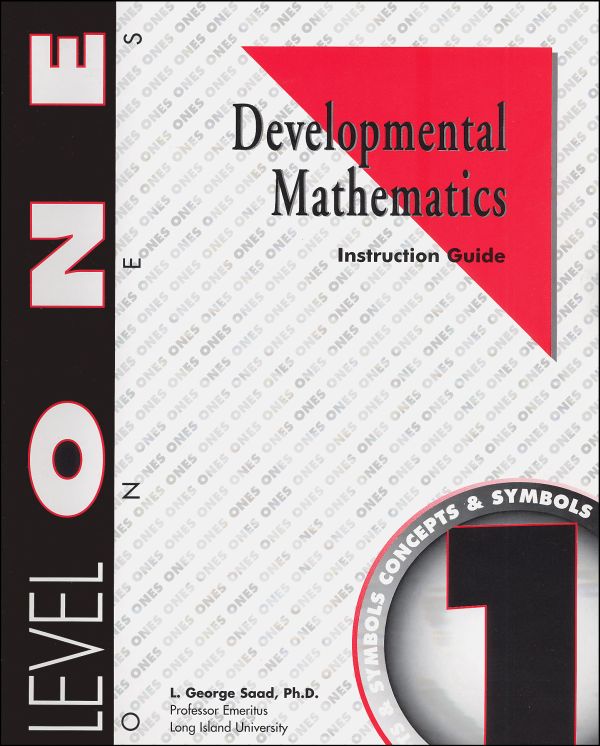This unusual math program has a distinct philosophy of education behind it. The author, Dr. Saad, believes arithmetic is best taught in a sequential order without jumping from topic to topic or including "extraneous topics" such as time-telling, temperature, and measurement. (He believes these should be taught through life experience.) Much time is spent on achieving mastery of concepts. Dr. Saad uses deductive methods through which the child draws upon previously learned knowledge to understand new concepts. While no hands-on materials are used or recommended, pictures are used to introduce new concepts.
The material is designed for independent study. The child studies a number of examples at the beginning of each lesson, then completes the exercises, essentially teaching himself. (Young children will need assistance if they are unable to read independently.)
There are 20 books or levels in the series, and each should be completed at whatever pace is comfortable for each child. Books 1 through 16 cover all arithmetic skills from number and object recognition through fractions and decimals, and including ratio, percent, and proportion. Books 17 and 18 cover algebra, and books 19 and 20 cover geometry at levels that appear to be somewhere in between introductory and complete first year high school courses.
I am impressed with the development of thinking skills in this program. Each concept is presented in many ways, including application/word problems to ensure understanding. According to Dr. Saad, students are ready for pre-algebra after completion of level 16. Since negative numbers and square roots have not been covered up through that level, students should move from level 16 into either level 17 of this program or a pre-algebra program such as Saxon's Algebra 1/2. In addition, those "extraneous topics" mentioned earlier have not been taught specifically, although money is used extensively in word, picture, and number problems. You can easily obtain supplementary books on these subjects if you need them.
Because of the unique design of Developmental Mathematics, it is important to properly place a child. Dr. Saad cautions that you should start a child at as low a level as is necessary to provide a strong foundation without concern for grade level. Level 1 is suitable for kindergartners. Level 2 teaches simple addition, assuming foundational knowledge has been learned.
A packet of placement tests--five booklets covering levels 1 through 16--is available. All student workbooks come with a "diagnostic" test to be used after completion of that level. Review tests and progress charts are also included within each workbook.
The Instruction Guides for lower levels provide some teaching helps, but primarily serve as answer keys. The Solutions Guides for upper levels are student books with overprinted answers. Lesson preparation time is little to none.






